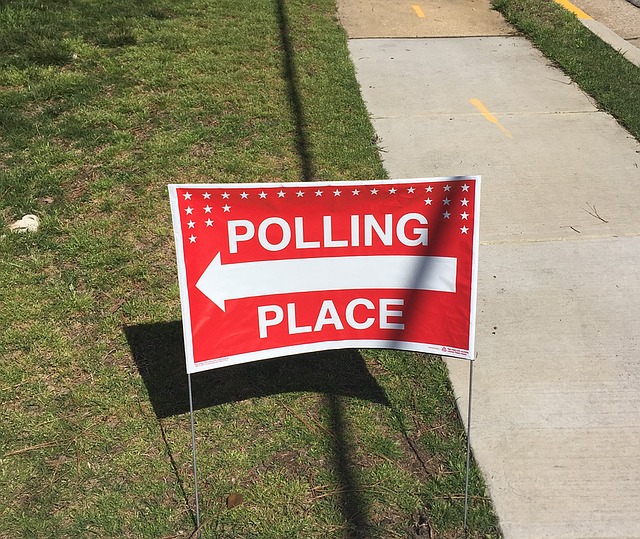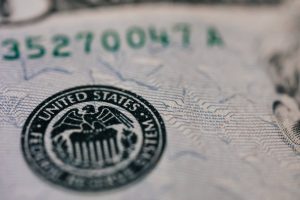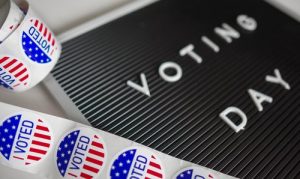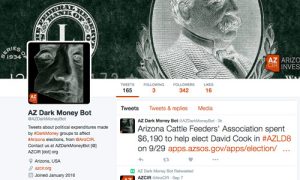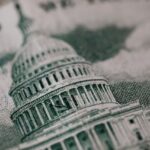Less than a month before Election Day, campaigns across the country are dialing up their last-minute efforts to win voters. Especially in battleground states, get-out-the-vote measures are saturating the airwaves with campaign advertising, and those ads don’t come cheap.
This cycle, candidates for the U.S. House have already racked up total election-year spending of more than $702 million through Oct. 18.
Between 1998 and 2010, campaign spending on midterm elections more than doubled, with candidates and outside groups spent about $3.64 billion during the most recent midterms. These figures can all be found by searching Open Secrets, a campaign spending disclosure project from the Center for Responsive Politics.
Though expensive campaigns are not a new phenomenon, spending on elections is growing, due in part to the influx of outside spending in elections. In 2010, the U.S. Supreme Court ruled in Citizens United v. Federal Election Commission that political spending is a protected form of free speech, meaning corporations and unions cannot be barred from spending money to persuade voters.
Here are some areas where big campaign spending affects the economy.
Stimulus
According to Barry Bluestone, a professor of political economy at Northeastern University, spending on polling, political communications, lobbying, advertising and public relations does reverberate through the economy, but not enough to account for a major stimulus.
One way to estimate the impact of campaign spending is by comparing it to GDP. During the 2010 midterms, an analyst in Slate noted that $4 billion in campaign spending would only account for a .03 percent bump to the nation’s $14 trillion GDP, compared to a 5.6 percent increase from the $787 billion federal stimulus in 2009.
Budget priorities
On the flip side, the report argues corporations may be less likely to make more direct economic investments, like opening a new store, when they’re funneling big bucks to political action committees. While Bluestone says he doesn’t buy this argument, noting that political contributions don’t necessarily represent a tradeoff with economic investment, you could investigate whether the budget priorities of local corporations are shifting to accommodate greater election-year spending.
Employment
Bluestone says a better way to estimate the impact is to consider whether local political consulting or communications firms have added paid positions, reported increased revenue or expanded their operations in recent years. Trade associations for the advertising and public relations industries may also be helpful in estimating job growth in these fields.
Advertising
Tobe Berkovitz, an associate professor of advertising at Boston University, says the big winners from campaign spending are radio and television stations. However, Berkovitz says most of the money cushions corporate coffers, impacting the bottom lines of big media conglomerates, rather than trickling down to boost local economies.
If anything, election years can prove tough for local businesses looking to advertise. With a surplus of campaign ads, networks don’t rely on local businesses for advertising dollars. When networks raise their prices, it could make it more difficult for small enterprises to purchase airtime. Try searching filings from local stations through Federal Communications Commission databases to explore the impact of election-year spending on television networks in your metro area.
Though election-year spending is certainly increasing, Berkovitz says the growth doesn’t necessarily represent a tradeoff with spending for other aims.
“I’d rather see that the $3 billion that went into political advertising spent on education, on healthcare, on housing, but that’s not going to happen,” Berkovitz says. “It’s not like, all of sudden if we aren’t spending $3 billion on political TV advertising we’d be pouring it into something that some people consider good… It depends on your politics and how you like to look at how money is spent, where it’s spent and who’s spending it.”
***
Sam Gringlas is a junior in the University of Michigan’s Ford School of Public Policy and a news editor at the Michigan Daily. You can follow him on Twitter @gringsam.



